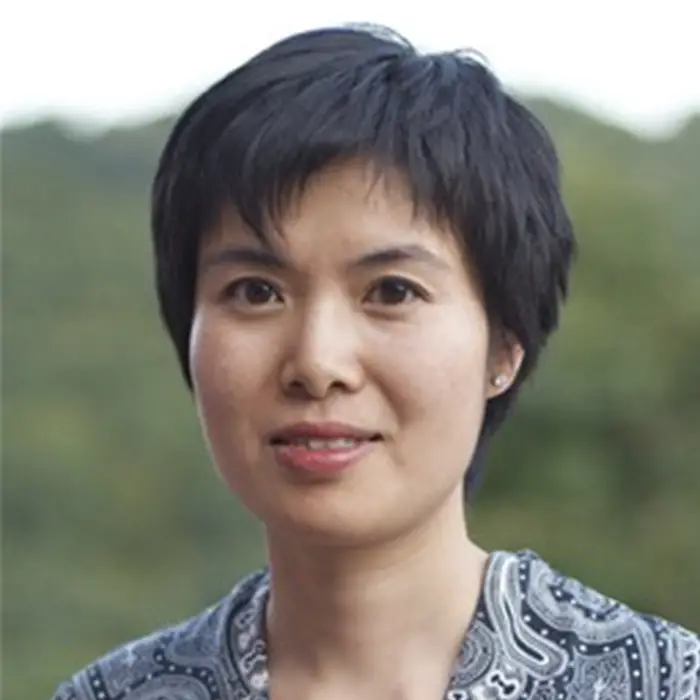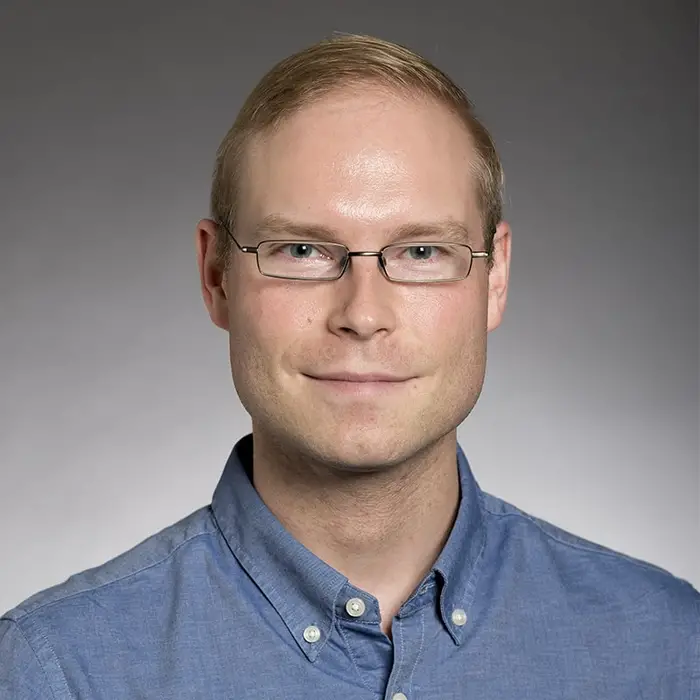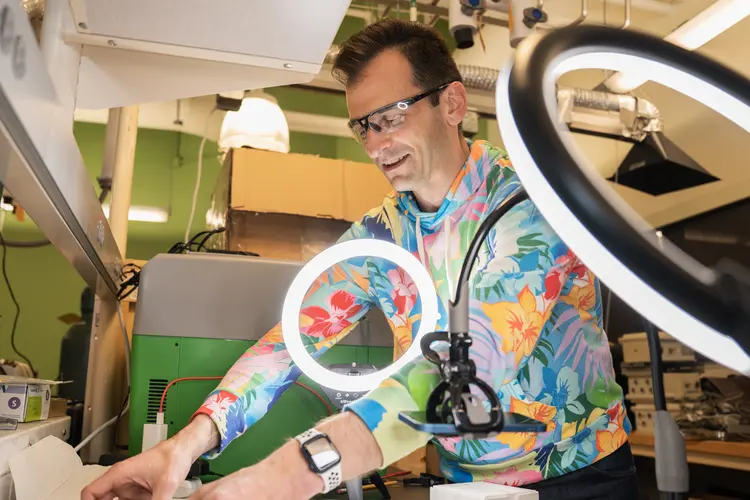
A Statistical Bridge to Scientific Advances
New Carnegie Mellon University research center pairs statisticians and researchers in the physical sciences to address complex, real-world problems
Media Inquiries
The planet is warming, and much of the excess heat is absorbed into the ocean. It may be possible to quantify the rate of climate change by measuring the rate of change of heat in the ocean.
Easier said than done.
The scientific community began to wrap their head around this problem in the early 2000s and developed Argo, a program that consists of several thousand floats deployed around the global ocean. The floats contain instruments that measure temperature, pressure and salinity, data which is relayed to scientists around the world.
In place for more than a quarter of a century, Argo has delivered vast quantities of ocean data that can be used to address some of the most pressing climate questions, and scientists have been looking for a way to make that data even more useful.
Big data produces big questions
Argo is only one example of the massive data challenges facing researchers in the physical sciences, including astronomy, particle physics, environmental and climate sciences. With new instrumentation, scientists need skills and techniques to manage, analyze and interpret large datasets. The avalanche of raw data often comes in different formats and timeframes that are complicated by data gaps.
To address these challenges, the Dietrich College of Humanities and Social Sciences(opens in new window) at Carnegie Mellon University developed the STAtistical Methods for the Physical Sciences(opens in new window) Research Center (STAMPS) to bridge gaps between researchers in the physical sciences and their colleagues in statistics. The center is co-led by Ann B. Lee(opens in new window), professor, and Mikael Kuusela(opens in new window), assistant professor, in the Department of Statistics & Data Science(opens in new window).
“With massive data from remote sensing, satellite imagery and different physical probes, there are new kinds of problems that emerge in data science that present unique methodological challenges,” said Lee. “STAMPS develops sustained, long-term collaborations with domain scientists to address these challenges.”
STAMPS provides long-term statistics partnerships
Faculty in the Department of Statistics & Data Science partner with researchers — who are most familiar with their data — to identify gaps or the greatest challenges as they approach data analysis. Kuusela described the partnership as a pipeline. It begins in the realm of mathematical theory that is transformed into methods and algorithms that can be applied to a real-world dataset to address specific scientific problems or extract statistically significant findings.
“When you do science, you need rigorous guarantees on what comes out of the data analysis pipeline,” said Kuusela. “We develop those methods. It is not a trivial endeavor.”
STAMPS faculty at CMU partner with scientists across the university as well as at other academic institutions and national labs, including Los Alamos National Laboratory, the NASA Jet Propulsion Laboratory and the European Organization for Nuclear Research (CERN).
“By having a critical mass of statisticians who work at the intersection of statistics and physical sciences, we are at a unique position at CMU to make significant advances,” said Kuusela. “That is a trademark of STAMPS.”
In addition to advancing multiple scientific fields, STAMPS seeks to educate the next generation of statisticians. The research center provides Ph.D. students with training in foundational statistics, artificial intelligence (AI) and machine learning as they gain experience working on complex, real-world data. At this time, STAMPS is working with 12 Ph.D. students to prepare them for roles in industry and academia.
Through STAMPS, CMU has become the first U.S. university to host a center specializing in methodology research in statistics and AI for physical science applications. Individuals interested in joining upcoming STAMPS events are encouraged to sign up for the center’s mailing list(opens in new window). Students and faculty from CMU and the University of Pittsburgh interested in joining local meetings may also subscribe online(opens in new window).




